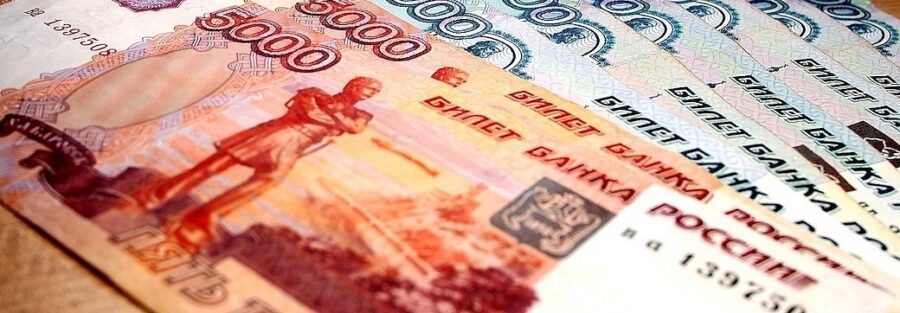The Russian rouble continued its decline, reaching its lowest levels since March 2022 against both the dollar and the yuan. Finance Minister Anton Siluanov suggested that the government does not oppose the currency’s weakness, which offers advantages to exporters.
For the first time since March 2022, the rouble fell to 14.5 against China’s yuan. By 0930 GMT, it had dropped 0.8% to 104.85 against the dollar, according to LSEG data—a new low since the early days of the Ukraine conflict. Additionally, the rouble surpassed the 110 mark against the euro during the session, hitting 105.79 against the dollar and 111.07 against the euro.
In a rare public statement on the exchange rate, Siluanov noted that the weak rouble benefits exporters, helping to mitigate the impact of the central bank’s elevated benchmark interest rate.
“I’m not saying whether the exchange rate is good or bad, but currently, it is very favorable for exporters,” Siluanov said at a financial conference in Moscow.
His comments mark the first acknowledgment from a senior official that the Russian government, for now, appears unconcerned about the rouble’s depreciation. Siluanov emphasized that “the exchange rate is more critical for exports than the interest rate.”
The central bank’s official exchange rate, calculated using over-the-counter data, surpassed the 103 mark for the first time since March 24, settling at 103.79 against the dollar.Analysts attributed the rouble’s weakness in part to recent U.S. sanctions on Gazprombank, the primary bank handling Russia’s energy sector transactions. The sanctions have disrupted some energy export payments for the coming months, further pressuring the currency.
These disruptions have led to a shortage of foreign currency in Russia’s domestic market and increased the cost of international transactions. Some analysts predict the rouble could reach 110 against the U.S. dollar by the year’s end.
The rouble’s decline was also fueled by the dollar’s rally following the U.S. elections. On the Moscow Exchange, one-day rouble-dollar futures, often used as a benchmark for OTC market rates, slipped 0.2% to 104.73.
This week, however, the rouble is expected to find some support as exporting companies sell foreign currency ahead of upcoming tax payments.
Meanwhile, Brent crude oil, a key benchmark for Russia’s primary export, rose 0.7% to $73.52, supported by prospects of a potential ceasefire in the Middle East.





